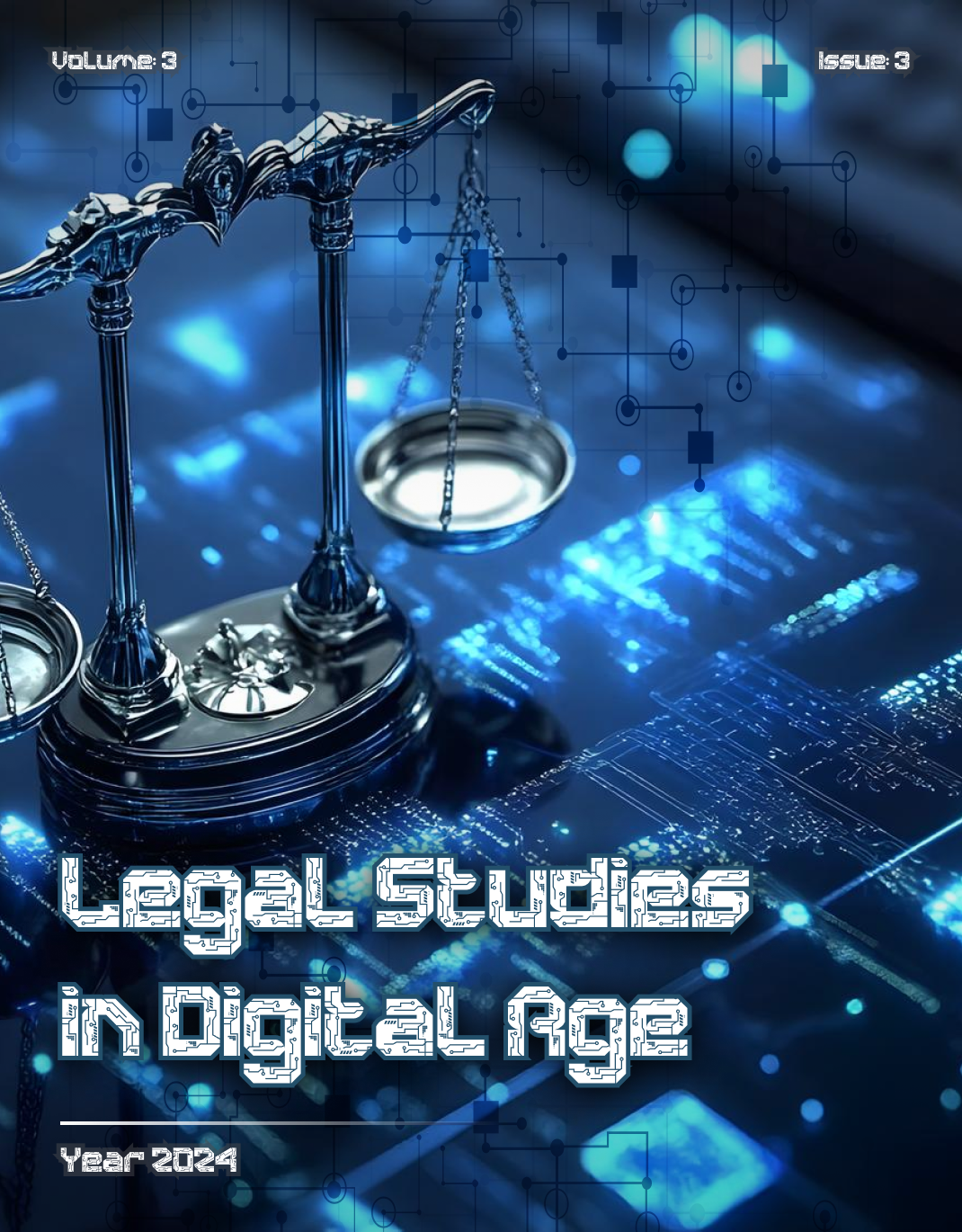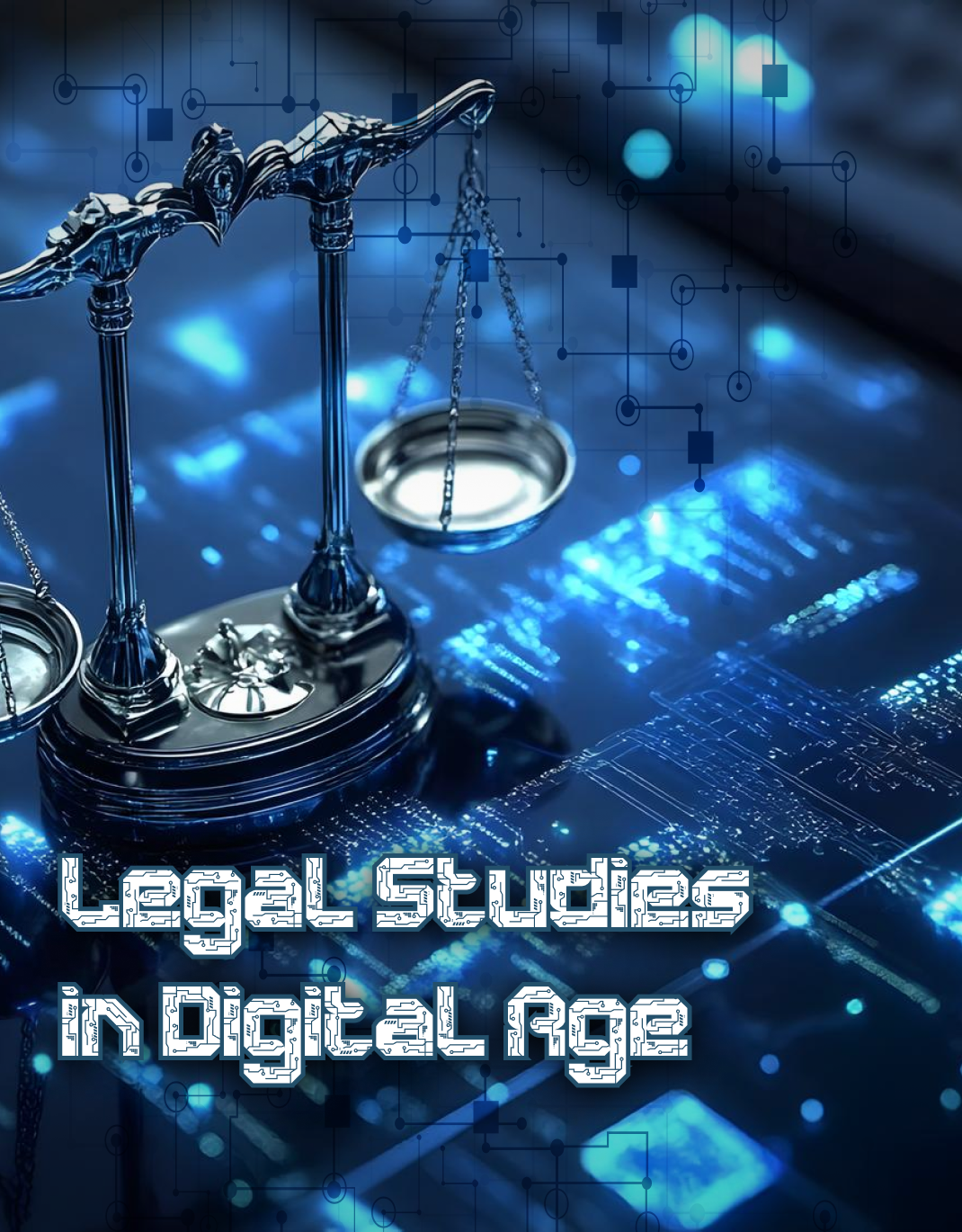Enforcement of Multilateral Investment Court (MIC) Awards under the New York Convention: Barriers and Solutions
Abstract
The Multilateral Investment Court (MIC) has been proposed to reform the system of international investment dispute settlement (ISDS) by enhancing transparency, impartiality, and the possibility of appellate review. However, the enforcement of MIC awards under the 1958 New York Convention faces multiple barriers. This article examines whether the MIC can be considered an independent arbitral body subject to the Convention or if it requires a new enforcement framework. The two-tier structure of the MIC, comprising a first-instance court and an appellate mechanism, may complicate the enforcement of awards, as some states might delay enforcement due to the appellate review process and refuse to recognize MIC awards under the New York Convention. Additionally, key barriers to this system include the recognition of the MIC, resistance from certain states to its acceptance, and potential conflicts between MIC awards and domestic court rulings. In the final section, the article presents proposals to overcome these barriers, including amending the New York Convention, concluding supplementary treaties, establishing an independent enforcement mechanism similar to the International Centre for Settlement of Investment Disputes (ICSID), and utilizing the capacity of the International Court of Justice (ICJ). These proposals aim to ensure the effective enforcement of MIC awards and enhance legal certainty in the international investment arbitration system.

